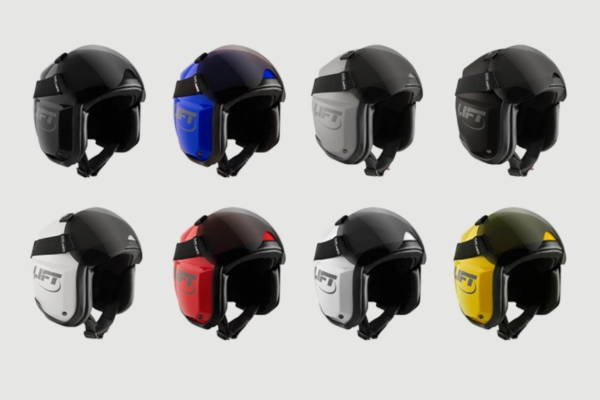If you work around aviation, as I have, safety is your middle name. I lean into the comfort and confidence provided by wearing the appropriate personal protective equipment (PPE). Many aviators and mechanics learned the ropes during military service. We know PPE to the point of nuclear, biological, and chemical warfare survivability.
Operating your MD50 with a heavy sling load may be different than in a conflict zone, but safety is no less a priority. Flight accessories of specific clothing, survival equipment, or that lift aviation helmet you wear every day keep you going home and not to the hospital.
Preprogrammed, radio or satellite-controlled drones and drone-copter emerging technology are being developed at approved proving grounds. In the US the Federal Aviation Administration (FAA) is on the cusp of integrating drones into the National Airspace System.
Our government just released a white paper on drones in August 2024. They are interested in partnerships to develop our plan for drone inclusion safely. I think many potential drone owners are waiting to see what the regulations will be. It is no fun buying a Ferrari you can only drive on a track.
The automatic interface systems on drones allow rapid flight schools, reducing the time to flight for pilots and vastly easier proficiency testing. Full-time pilot training for a helicopter is 2-4 years a drone pilot can begin service in 60 days or less.
Even a drone pilot has night vision goggles (NVG), helmet communications, and accessories that need maintenance and service. A comprehensive aviation accessories company will meet all those needs with fast service.
Emergency equipment is hopefully never needed, but the expensive inspections continue. Auto-inflating life vests and rafts require inspection and servicing annually. Flashlights, medical kits, and oxygen cylinders all need inspections so they will work when needed.
Where do you get your Nomex flight suits and gloves? Military surplus is fine but inconsistent. Amazon does a good job at procurement, but it can be pricey. Tote bags for checklists, personal gear, water bottles, snacks, fuel tester, and extra batteries are a necessity to keep things from disappearing into the structure, flight controls, or overboard as a falling surprise for an unknowing victim.
Quality non-polarized sunglasses will help you see through the wash of landing and prevent glare at altitude. Instrument and target visibility are essential. Get your eyes protected with quality gear from Ray-Ban or Randolph Aviator.
The flight crew will wear Bose, Lightspeed, or Sigtronics headsets for comms. Ground or cargo/flight crew will need to protect the future of their hearing with layers of foam or fitted earplugs, defenders, and noise-canceling headsets. The Peltor series by 3M is excellent.
Approach, rotor clearance, and departure are crucial points for flight safety. Ground handling and ops safety failures are responsible for far more incidences than flight. While in flight, aircraft are in their design element. Like a duck, they are nearly ineffective at ground movement, and we need our senses protected so we can perform our duties. Stay safe.


